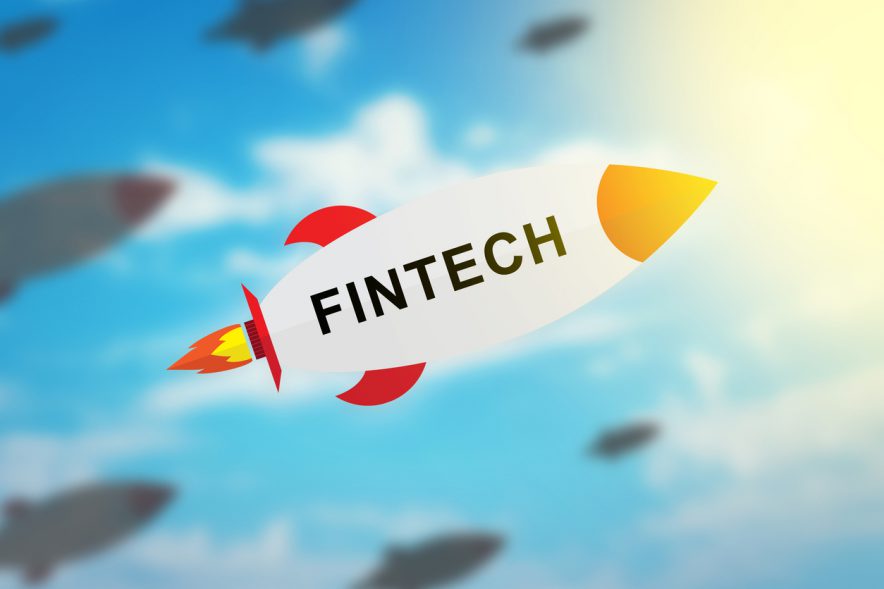
Fintech Is The Future
2017 is likely to be a year of changing priorities for the fintech sector. Predictions indicate that automation, blockchain and personalization will be just some of the main areas of focus as the year progresses.
However, these won’t be the only priorities for fintech in the coming year. Let’s look at some of the main areas of importance that is likely to dominate the sector.
More Blockchain Exploration
Throughout 2016, there was major interest in blockchain from both start-ups and major financial institutions, and 2017 looks set to continue in the same vein. It is estimated that spending on blockchain will have exceeded $1 billion by the end of 2017 as financial institutions continue to explore its potential.
A major fintech event has already labelled 2017 “as the year of blockchain,” and although it’s early in the year, there has already been considerable investment into the ledger technology. The fintech sector invested $42 million in Bitcoin and blockchain start-ups in January alone, and investment in this area remains a priority for many firms.
Automation
Automation in the fintech industry isn’t new. To reduce costs, improve efficiency and improve personalization, automation is often used to recommend financial products and to give personalized financial advice, etc.
Recently, the use of robots in the financial services sector has been on the increase, with several start-ups getting on board. However, writing for American Banker, David Horton predicts that 2017 will be the year when automated technology like chatbots are given a ‘rebirth’.
Virtual Assistants in the form of databases are also likely to be on the rise for online customers looking for quick answers to questions.
Greater Collaboration
In 2016, there was a shift toward banks working more closely with the fintech world to aid innovation in the banking industry, and in 2017, it looks as though the bonds between fintech and banking with grow stronger still.
As the World Retail Bank Report explains, the digital transformation in retail and consumer banking means the banking sector is facing numerous challenges. In addition, its priorities include reducing costs, enhancing customer service and developing new products.
The banking sector needs to modernize if it’s going to keep up with digital technology and become more efficient, while meeting its priorities – this is where greater collaboration with fintech can help.
According to the World Retail Bank Report, 65 percent of bank executives now see collaborations with fintech as viable partnerships, and 2017 is predicted to be the year that these partnerships really start to gain momentum.
When banks work in partnership with the fintech sector, it aids in the development of mobile apps, ecommerce solutions and artificial intelligence to meet consumers’ needs. This helps to improve customer retention, and provides a cost-effective solution for the banks.
Expect to see more collaborations throughout 2017 as fintech places more importance on these relationships with the banking industry.
Personalization
Personalization creates a better customer experience, and this is another area where the banking industry and the fintech sector are teaming up. Personalization is the key to customer retention in the financial and banking industry, and by using data and analytics, banks can contextualise their advertising and give consumers what they want.
An example of this more personalized approached is the digital only Atom Bank. It is just one firm in the financial industry who believes personalization is the way forward. Its approach is to focus “on the customer rather than itself”. It goes on to say “It’s a way of showing that we believe every one of our customers is unique”.
This personalized approached is one of the keys to a good customer experience. However greater use of personalization can also spot spending patterns and use analytics to detect potential problems that might arise in the future. Research shows that is an area where banks don’t excel, but working with fintech could help them overcome this.
Artificial Intelligence
Of all the predictions for fintech in the coming year, artificial intelligence (AI) is the one that features most often. As an example, JP Morgan have already announced they are going to use a form of AI as part of a CRM and analytics system. It will use the data it holds to suggest trades and financial advice that will be tailored to specific clients.
The role AI can play in automation has already been discussed, however, AI has a much broader place in fintech. AI can be used in:
- Fraud detection
- Underwriting
- Reporting, etc.
Security
As the fintech sector thrives, so do the opportunities for data breaches and cyberattacks. The average data breach costs a company $4 million, and while some companies are better equipped to deal with it than others, security should be an area that fintech firms consider allocating more of their budget to in 2017.
Common threats faced by fintech firms include DDoS and Point of Sales attacks, viruses and malware. In addition, as technology evolves, new threats will continue to emerge, which will make investment into security more crucial.
Data breaches and hacks of the past twelve months have been warning signs, and the coming year is a time for fintech and the banking sector to prioritize spending on security measures if they haven’t already.
When it comes to consumer security, others expect a growing use of biometrics to protect against fraudulent transactions as the use of smartphones grows.
Conclusion
The priorities for fintech look set to concentrate on six key areas throughout 2017. The interest in blockchain remains high, AI offers plenty of scope for innovation, and given the growing levels of crime and security breaches, fintech companies will undoubtedly be looking at what they can do to improve security.
In addition, if banks are going to excel in the digital world, then collaborating with fintech companies will be a necessity. By working together, the two sectors can address key areas of concern like personalization, automation and security to offer their clients a better, safer experience.
As new technologies become available, older technologies are revived and new threats come on the horizon, the fintech industry must continue to shift its budgets and priorities to maximize its performance throughout the coming year.
Ready to get started?
Get in touch or create an account





